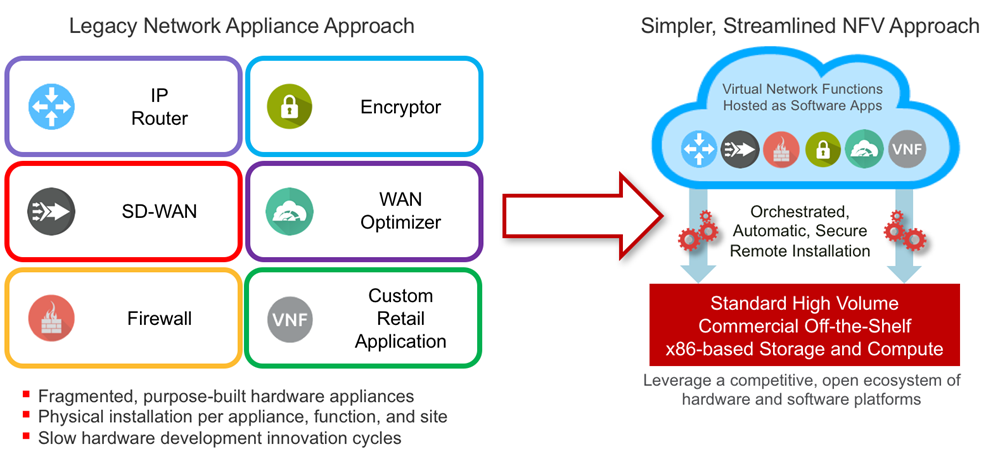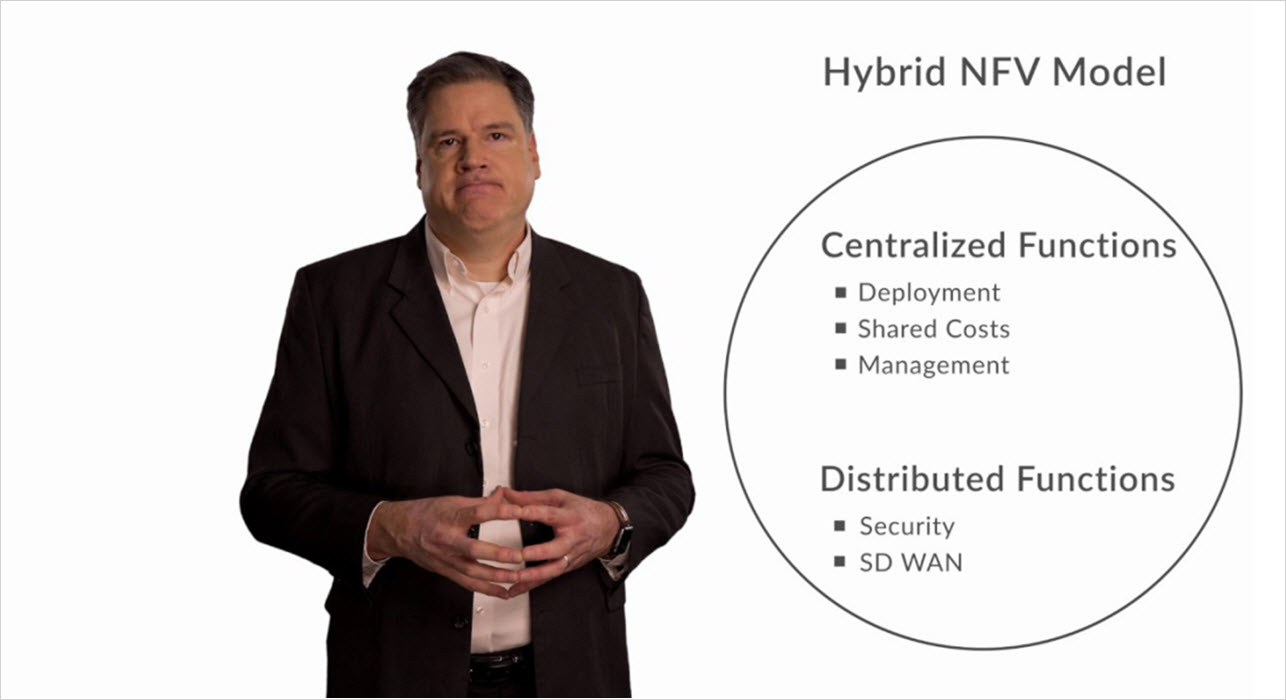Retail Digitization… Friend or Foe?
The Hyper-Competitive Retail Environment
The retail industry is one of the most competitive industries today, placing enormous pressure on the retailers who are continually striving to reinvent, reinvigorate, and rejuvenate their position with buyers, who are more informed than ever due to readily available online resources, long before they enter a brick and mortar store. The same assets that consumers use to become increasingly informed can and are also being leveraged by retailers to best become the store of choice to sell their products – networks and data analytics.
Rise of the Consumer Ninja
The wealth of readily available and free online resources allows customers to perform advanced reconnaissance by researching product specifications, product field performance, as well as comparative product analysis pricing, performance, warranty, and user experience. This means that consumers are extremely informed before they purchase a product and often more so than the salesperson. In short, the digital transformation has forever reshaped customer behavior and the shopping experience, which means retailers must change to this new shopping environment often by leveraging the very same tools that created the shopping ninja – networks and analytics – which allow retailers to create the required digital shopping experience that today’s consumers want and need.
The digital transformation has forever reshaped customer behavior and the shopping experience, which means retailers must change to this new shopping environment often by leveraging the very same tools that created the shopping ninja – networks and analytics.
Although e-commerce (online) sales are steadily increasing quarter over quarter, it currently represents less than 10% of total retail sales in the US, based on the latest data from the US Department of Commerce. However, over half of every dollar spent “is influenced by a digital interaction” showing the growing importance of engaging consumers along their buying journey before they even walk into the store. Clearly some form of online presence is absolutely critical to retail success. The network that interconnects consumers and retailers, directly and indirectly, ensures a seamless and more effective consumer journey, meaning a retailer’s network connectivity must be highly reliable, secure, agile and cost-effective. Being offline for any period of time is simply unacceptable and often disastrous.
The Network Is Critical Infrastructure
Network security and connectivity is a critical topic for retailers and often represents challenges for independent retailers lacking the necessary resources, skillsets, and expertise that their larger competitors can maintain. Even with a wealth of resources at their disposal, even large retailers have been hacked leading to significant challenges, liabilities, and loss of brand image. As the digital experience is critical to the consumer’s buying journey that is changed forever, retailers both large and small must ensure that their network connectivity is highly reliable, available, and most importantly, extremely secure.
From a strictly network perspective, retailers are faced with the following rather daunting challenges:
- Payment Card Industry Data Security Standards (PCI DSS) compliance
- Maintaining highly reliable network connectivity for various business functions (ex. authorizing and processing payments)
- Maintaining increasingly complex, multi-vendor network equipment environments (ex. Routers, Firewalls, Encryptors)
- Maximizing the ROI for network equipment purchases, installation, and ongoing maintenance
- Delivering cost-effective, premium network experiences to current and future retail stores
- Managing large numbers of remotes sites and ongoing changes with tight control
- Ongoing updates and patching of network equipment to close security holes that may be uncovered and discovered
- Ensuring a highly secure environment to prevent unauthorized network intrusions
In short, the network is the foundation for retail digitization and is thus (rightfully) considered critical infrastructure.
Over half of every dollar spent “is influenced by a digital interaction” showing the growing importance of engaging consumers along their buying journey before they even walk into the store.
Distributed Network Function Virtualization (D-NFV)
Network Function Virtualization (NFV) is a relatively new technology that leverages the software development innovation cycle while leveraging COTS (Commercial Off the Shelf) x86-based hardware that is available from a broad, and thus secure, supply chain. What was once implemented in standalone purpose-built physical platforms (ex. Routers, Firewalls, and Encryptors) that are interconnected with a nest of electrical and optical patch cords, is replaced with multiple software-based network functions (ex. vRouters, vFirewalls, and vEncryptors) that are hosted and run on a single, common server platform. This results in a far simpler (ex. power, space, sparing, and complexity) implementation that meets or exceeds current network requirements and expectations.

Although software-based (virtual) network functions can be hosted on a server located anywhere in the world, where the virtual network function (ex. vEncryptor) is hosted is important so physical server placement is critical. For example, a retailer concerned with ensuring a highly secure network would likely want their firewall and encryptor to be hosted within their premise to ensure a secure connection to the Internet before data leaves their building (encryptor) and to keep out hackers (firewall). This is readily achieved with Distributed NFV (D-NFV) that hosts the required network functions within a customer premise, although it can be managed and maintained remotely (ex. to rapidly patch a vEncryptor application to close any uncovered security holes).
Extending best practices to the network, beyond the point-of-sale, is recommended for compliance to PCI DSS. This is achieved via the following recommendations that are best implemented with a D-NFV solution based on virtual routers, firewalls, and encryptors.
- Mandate Point-to-Point Encryption (P2PE) for all connections
- Install a firewall to securely segment your internal network
- Update network appliance software on a regular basis
There are numerous advantages to migrating from a standalone appliance-based network function implementation to a simpler and consolidated D-NFV solution, and is why retailers are seriously considering adopting this network transformation. Additional benefits related to reductions in complexity, power, space, and overall costs are at the forefront of D-NFV discussions, as is the ability to rapidly and remotely patch network functions (ex. vFirewall) to ensure the most secure implementation is in place on the live network.
Want to Know More?
The highly attended National Retail Federation (NRF) annual convention and EXPO, also referred to as “Retail’s Big Show”, is being held from January 14 to 16 at the Jacob K. Javits Convention Center in New York City. To find out how D-NFV allows retailers to address the many challenges and opportunities of digitization, visit our partner Acuative, a global provider of wall-to-wall technology solutions and support for retail chains, in Booth 1575. You’ll learn how to Accelerate Your Digital Transformation and improve retail business competitiveness with new technological advancements. You’ll also have the opportunity to test your driving skills and win prizes in an exciting virtual reality Indy car race game.
We hope to see you there!
Sources:
The New Digital Divide, 2016 (Deloitte)
Quarterly Retail E-Commerce Sales, 3rd Quarter 2017, November 17, 2017 (US Department of Commerce)









